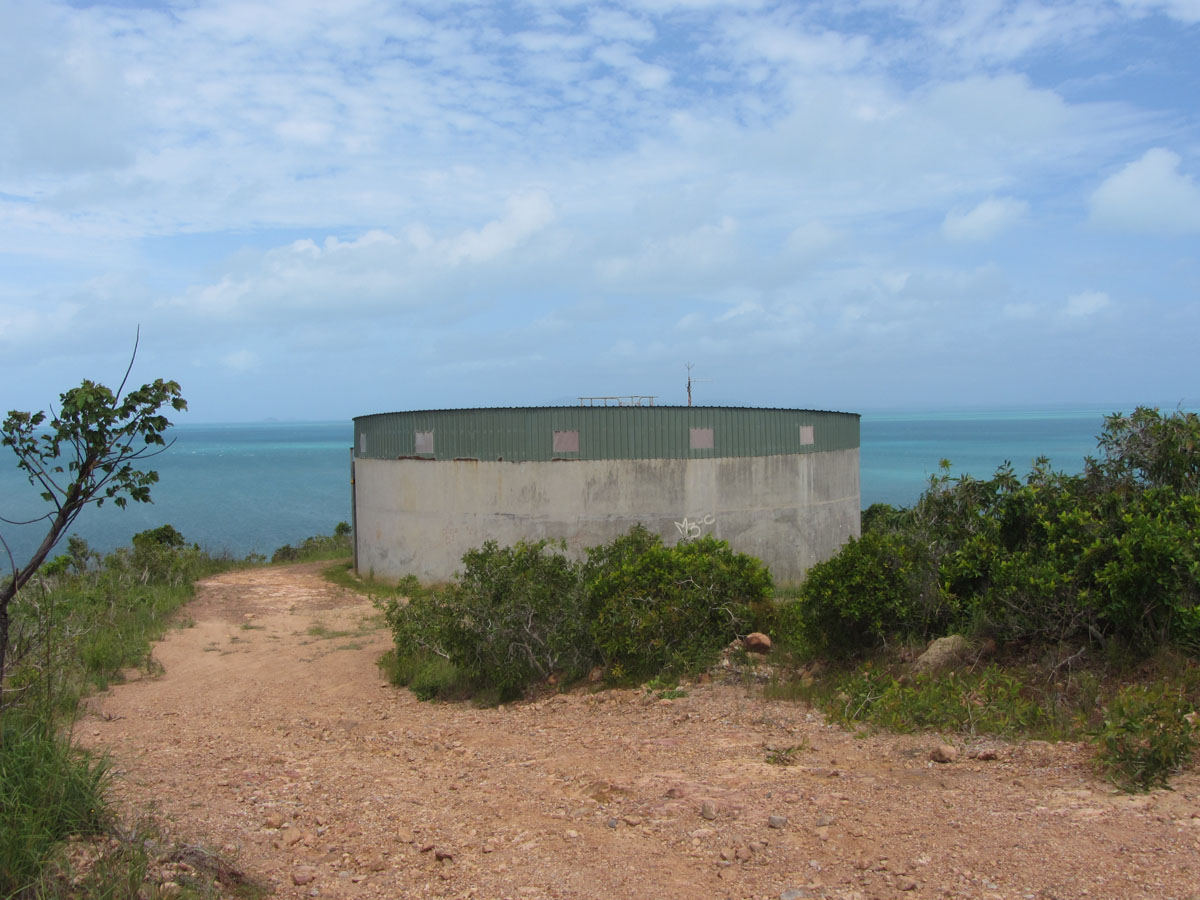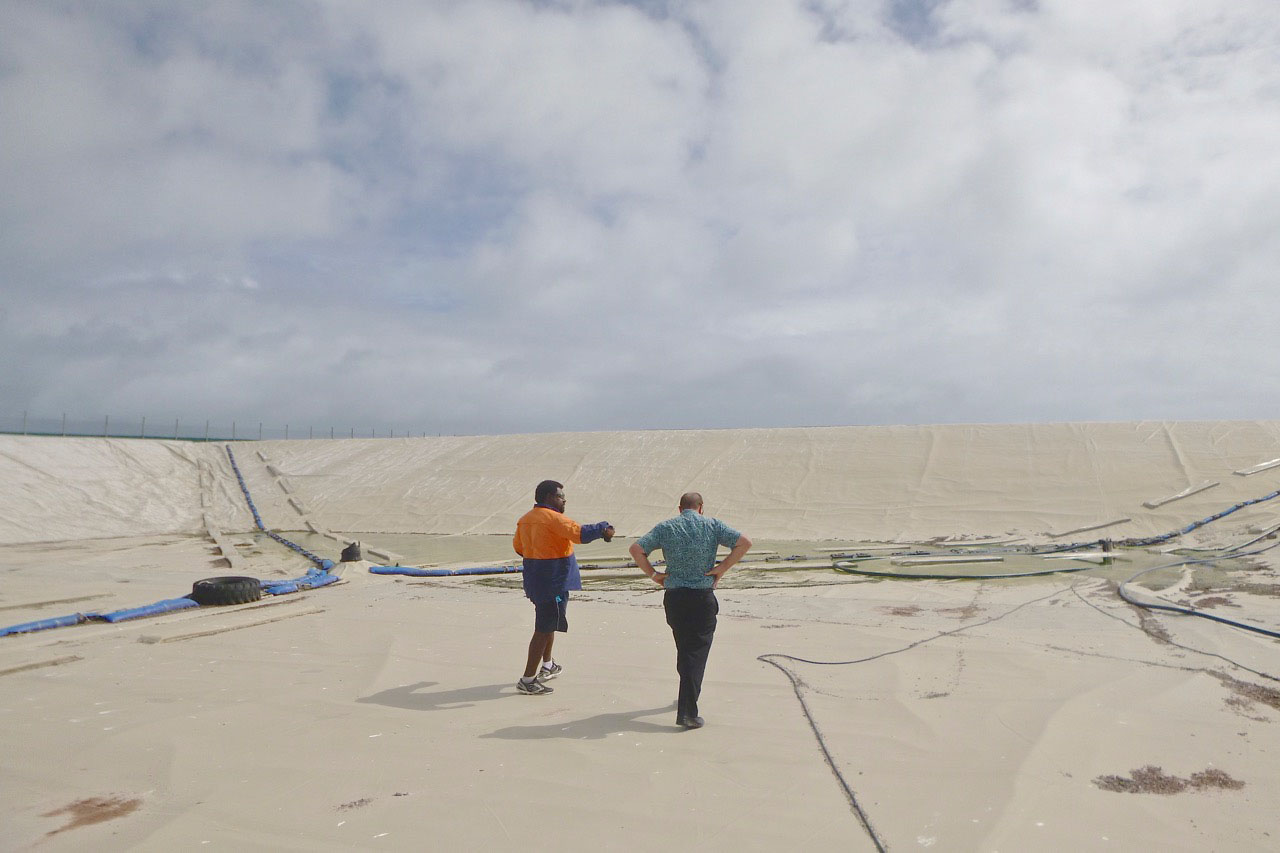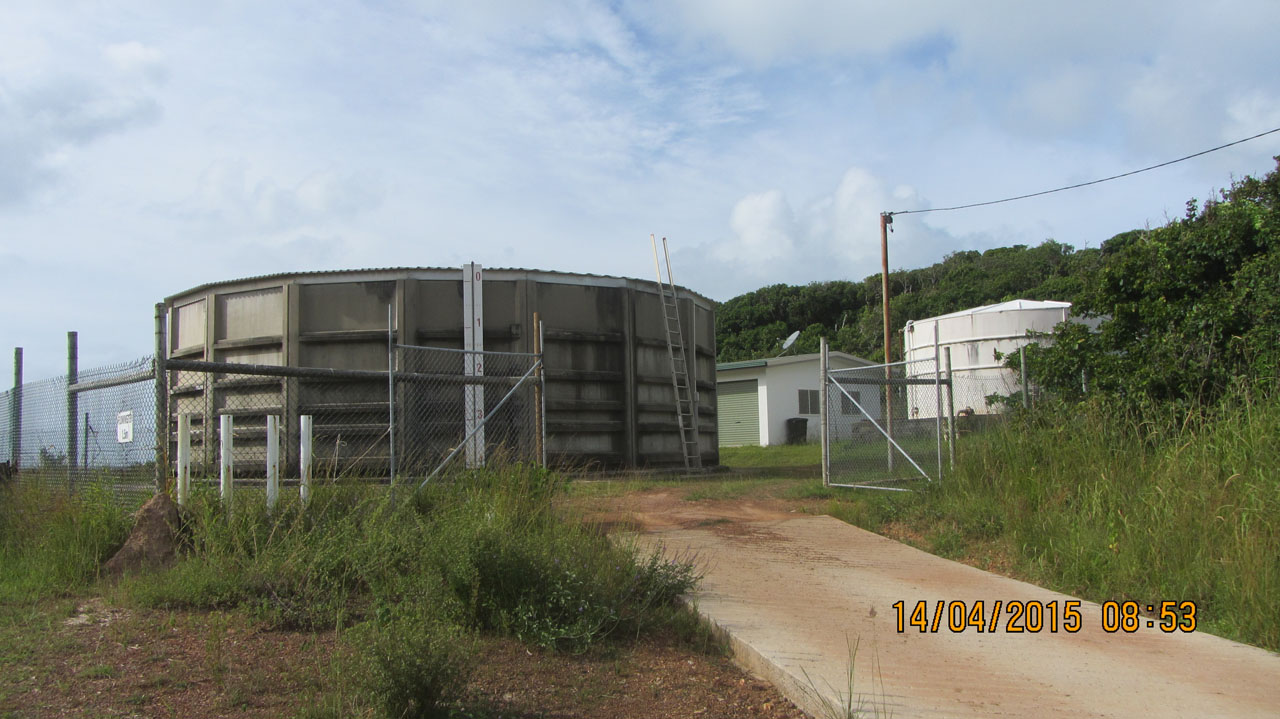Water is collected from rainwater, weirs, wells, bores and the ocean and is conveyed to water treatment plants.
At a water treatment plant, the water is treated and stored before being distributed to the community.
The outer islands of the Torres Strait have limited water supplies, which are highly dependent on annual rainfall and underground stores. When reserves are low, the option available to communities is water provided through portable desalination units.
Our Engineering Services team is implementing asset monitoring technologies (SCADA) to our water treatment plants to enable remote management of our water supply infrastructure.
Providing safe drinking water to our communities
Our Engineering Services team and Divisional Engineering Officer's (DEO’s) work together to provide the community with an adequate, safe and reliable water supply.
Properly managed water supply services are essential to public health and wellbeing of Torres Strait communities.
To ensure these services are properly managed, water quality is monitored, so drinking water consistently meets Australian Drinking Water Guidelines (ADWG).
The guidelines ensure there's no risk to the health of the consumer and determines the acceptability of water, for example, appearance, taste and odour.
Monitoring occurs at the water treatment plant along with selected sample sites within the community.
The key performance measure for water quality is the bacteria count of Escherichia coli (E. coli) and the level of Chlorine. The presence of E. coli means water may be contaminated with faecal material.
Chlorine is added to most drinking water in the Torres Strait to kill harmful germs that may be present in the environment. Our water officers closely monitor the level of chlorine present in the drinking water.

Our water conservation
Water is essential to the livelihood of the communities of the Torres Strait outer islands.
We will work with the community to be waterwise. Communities can reduce water consumption and wastage by changing household water use behaviour and by reporting on water leakage incidences.
Each community's ability to conserve water is increased by promoting the sustainable use of water and becoming more informed of the natural water cycle.
This can be achieved by regular recording of water meters to monitor water usage, display of water restriction notices and advice to communities on the importance of water conservation during periods when water restrictions are in place.

Through efficient water management and conserving water supplies, the reliance on expensive and energy hungry portable desalination can be reduced.
Looking toward the future for sustainability of our water supply
Current water usage across the outer islands of the Torres Strait is not sustainable.
Our freshwater resources are coming under pressure from increasing demand and population growth.
Both surface and ground water resources are likely to be impacted by climate change.
Other problems are likely to include an increase in extreme weather events such as droughts and floods and an increase in salt water intrusion into fresh water supplies.
We're working with the Queensland Government to ensure sustainability of water supply systems for future generations.
Our water conservation is linked to our future water supply
We have an important role to play in raising community awareness about the need to use water wisely.
Our planning in order to provide adequate water into the future highlights the importance of water conservation to minimise reliance on desalination units, which are expensive to run and have high energy demands.
Our water assets
Our water supply assets across the outer islands of the Torres Strait include:
- Water sources:
- 2 weirs
- 6 portable desalination plants
- 2 bores
- 14 wells
- 6 seawater intakes
- 12 rainwater catchment lagoons.
- Water treatment:
- 15 water treatment plants (including pumps, filtration, desalination and chlorination).
- Water storage:
- 20 water reservoirs
- 12 water storage lagoons.
- Water distribution
- ~88 km of water pipework
- metering.

Commercial properties receiving water from our reticulated water scheme are levied a water access charge and water usage charge annually.
For more information, see our: